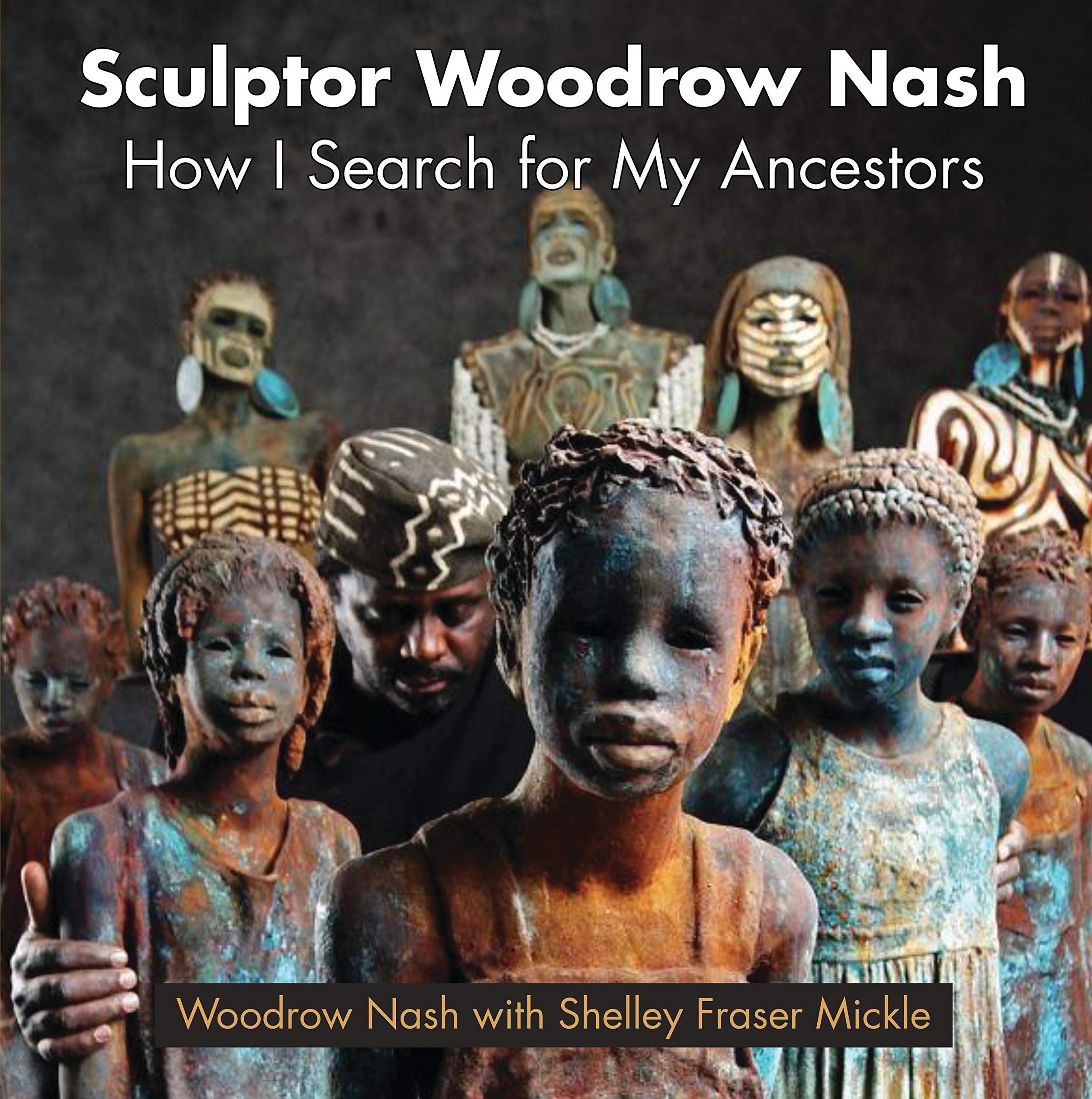I learned something new about Truth yesterday.
When I was younger, I learned that Sojourner Truth was a woman who escaped slavery with her baby girl in her arms, and who later spoke publicly to White suffragettes, calling for her women’s rights, too.
It was years before I fully realized that Sojourner Truth did not live to see the day.
Injustice can be hard to absorb. Especially when it doesn’t directly affect me, it’s easier to let injustice roll off my back as I move in the direction of the status quo, and it’s harder to sit down, process, rise up, and face a new direction.
While White women’s right to vote was (finally) established in 1920, it took forty-five years of additional activism — the literal blood, sweat, and tears of the entire Civil Rights Movement — before the Voting Rights Act of 1965 granted Black women the right to vote. To exercise their right, women of color have constantly overcome barriers placed between them and the ballot box. Even (especially) today, Black women voters must persist against ongoing acts of suppression.
I love the stark difference between Grace Lynne Haynes’ vibrant depiction of Sojourner Truth and the “history book” image in my head. Haynes has written an article to share her story of creating this beautiful portrait, which appeared on the cover of The New Yorker in 2020.
The portrait above is titled “Sojourner Truth, Founding Mother,” and was created by Grace Lynne Haynes. Photo credit: The New Yorker
In my mind’s eye, Sojourner Truth gives her now-famous speech against a cold, grey, and vaguely Boston-ish, New Englandey backdrop.
But, actually, on May 29, 1851, Truth addressed the Ohio Women's Rights Convention in Akron, Ohio — not more than thirty minutes from my home office where I received the email from my local League of Women Voters that delivered this news-to-me. This curious new detail (Akron, Ohio!) felt refreshingly personal, like the button and hummingbirds that embellish Haynes’ portrait. I felt the closeness of Sojourner to the land I walk upon. With that sense of connection, I clicked on the link in the email to learn more.
Over the years, if I’m being honest, I’ve reduced Sojourner to the one phrase, “Ain’t I a Woman?” So, as I delved into the information on the internet, I was surprised to discover that Sojourner may never have said those words.
That’s right.
The closest words in the historical records are: “ar’n’t I a woman?”
These words were written down, attributed to Sojourner Truth, and circulated by Frances Dana Barker Gage — pen name Aunt Fanny — twelve years after the convention (1863). However, an earlier version of the speech also exists. In 1851, the journalist Reverend Marius Robinson published the text of the speech, entitled “On Women’s Rights,” in the Anti-Slavery Bugle.
You can see two transcriptions side-by-side — and hear readings by women with contemporary Afro-Dutch voices — here.
Black History month is a good opportunity to consider the circumstances in which a White man (Robinson) and a White woman (Gage) spread Sojourner’s words, and contemplate how they were amplifying, appropriating, and/or coopting Truth. I was struck with how Gage affected Truth’s voice with a southern slave dialect that Sojourner, whose first language was Dutch, would not have used. There may be problematic dynamics between the work of Leslie Podell, the White woman who created the online Sojourner Truth Project, and that of Dr. Nell Irvin Painter, a former Director of Princeton University’s Program in African-American Studies, the author of Sojourner Truth: A Life, a Symbol, and more.
There’s also the question of what compelled me to write this post.
The actual words that may, or may not, have been part of the speech got me thinking about so much more. About what it must have been like for Sojourner to speak up to the people gathered in Akron, Ohio — across such seas of difference.
And, in that context, how she used I statements to speak directly about her own specific experiences — illustrating the fractal principle of emergent strategy:
“Small is good, small is all. (The large is a reflection of the small.)”
I am sharing my small, which is a striving to continually learn and un-learn.
I was touched by experiencing something new related to the life of Sojourner Truth and the legacy of people she’s inspired. The pages I viewed are hyperlinked here so that you may click and learn or feel something anew, too.
Back to the email that appeared in my inbox…
A statue has been commissioned to honor Sojourner Truth on the site where she spoke. It will be sculpted by an Akron born-and-based artist, Woodrow Nash.
Nash’s works include “The Children of the Whitney” — a display of sculptures of children who endured slavery on exhibit at the Whitney Plantation. The collection is based upon interviews conducted as part of the Federal Writers’ Project in the late 1930’s. Photographs of the proud statues can also be seen in the book Nash created for young readers with Shelley Fraser Mickle.
To support the new installation, you can make a donation to the Sojourner Truth Statue Fund.








